Some symbols on cosmetic logos have specific (and legal) requirements. Before randomly copying a symbol from the internet and putting it on your own cosmetic label, make sure you know what it means and that your company and/or product qualifies to use the symbol. Some of them require fees to license the symbol.
Best If Used By
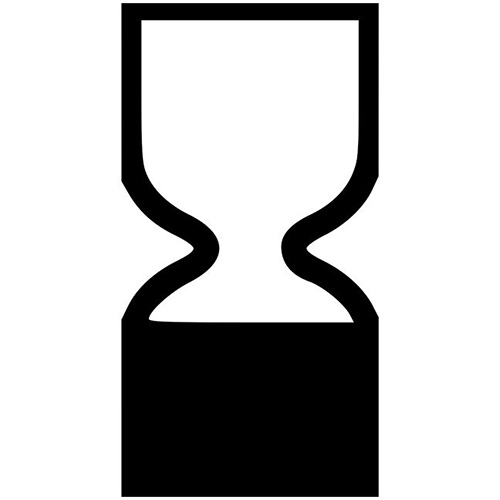
The best if used by symbol indicates the date by which the product should be opened and used. It’s also referred to as the “date of minimum durability.” In the EU, it is required on products that should be used in less than 30 months.
The date (month and year or day, month and year) should be clearly stated (and is usually placed underneath). Use the month name (rather than number) so there is no possibility of confusion.
As an alternative, the date may be preceded by the words “best used before the end of.”
This symbol is not required in the US.
Period After Opening
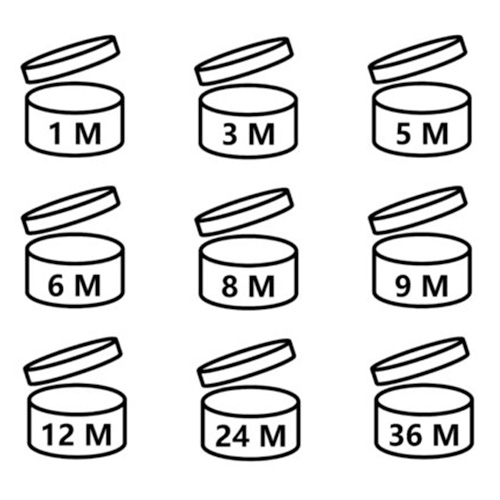
The period after opening symbol shows the amount of time in months that the product should be good once the package is opened. In the EU, it is required on products that have a minimum durability of more than 30 months (and where the “best if used by” date is not required).
This symbol is not required in the US.
Estimated Symbol
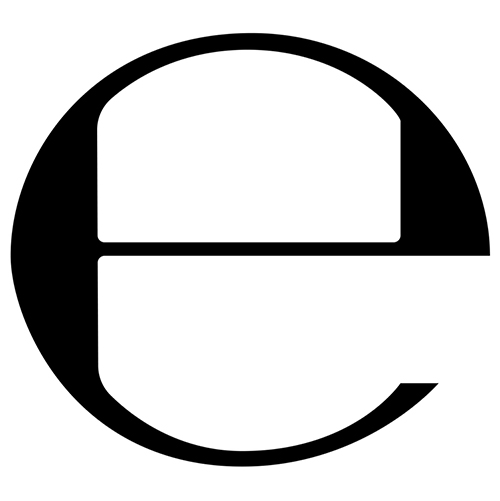
The estimated symbol (which is not a regular “e”) is used in the EU to indicate that the net contents of a cosmetic package meet the requirements for an estimated fill. The requirement is very specific, and is based on the average fill for the batch and the minimum allowed fill for each product in the batch.
This symbol is not required in the US, and if used does not actually mean anything. If used, it must be 1/8 inch high.
Recycle Symbol
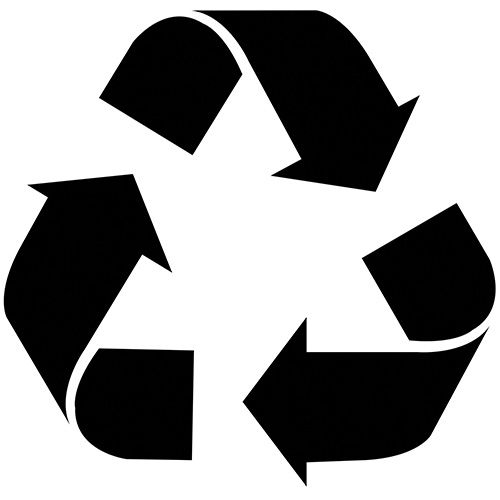
The recycle symbol is used to indicate that the product or the packaging is recyclable or possibly made from recycled material. Using the symbol alone, without any clarification, is considered a “broad claim.”
You should clarify exactly what is recyclable (box? label? container? lid?) and should only claim that it is recycleable if a majority of people have facilities to recycle it. (For example, some plastics are recycleable, but only in special facilities.)
Green Dot
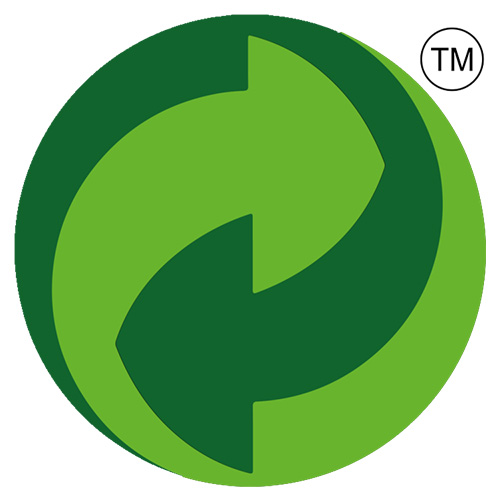
The Green Dot® is not a recycling claim, it is a financing symbol used in the EU. It that indicates that the manufacturer has made a financial contribution to a nationally authorized take-back (recycling) system as part of the EU required producer responsibility for packaging.
The symbol is trademarked and may only be used if licensed with a contract with the Packaging Recovery Organization of Europe. There are strict guidelines for the use of the Green Dot sysmbol.
USDA Organic
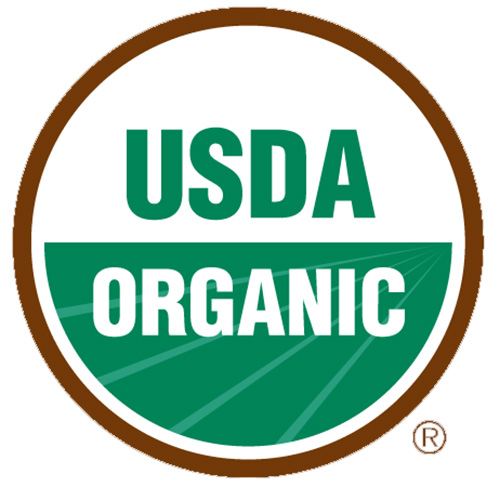
The USDA organic seal is an official (and trademarked) mark that is protected by federal regulations. It can only be used by organic certified farms and businesses.
Use of the USDA Organic logo on non-organic products may be subject to fines or other penalties.
Leaping Bunny
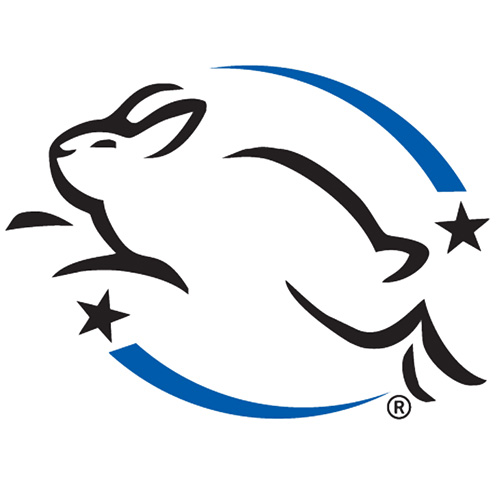
The Leaping Bunny logo indicates that the company has made a pledge that they do not conduct or commission animal tests and do not use any ingredient or formulation that is tested on animals.
There is no fee to becoming Leaping Bunny certified, if you want to use the logo you must pay a one-time licensing fee. The fee ranges from $500 to $4,500 based on your company’s gross annual sales.
The symbol is trademarked, so using it without permission is illegal.
PETA Cruelty Free
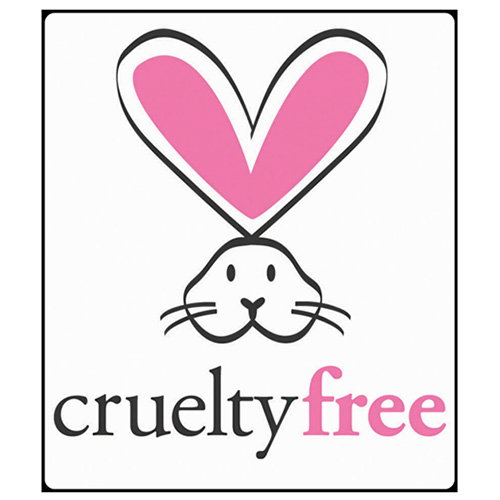
Once a company signs PETA’s statement of assurance that it doesn’t test on animals they can be listed in PETA’s Beauty Without Bunnies online database.
Licensing the logo is optional. There is a one-time licensing fee of $350.
There are several versions of the logo, including one for vegan products. Companies in the EU have a slightly different version in order to comply with EU regulations.
Unofficial Logos and Symbols
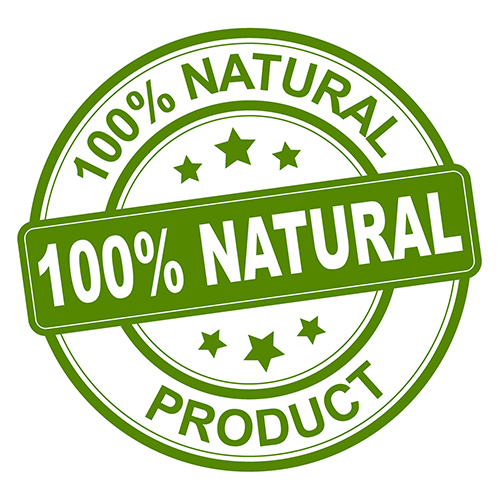
Using images or graphic elements to commmunicate qualities of your cosmetic product is acceptable and often good marketing.
HOWEVER, creating a bogus or made-up “certification” logo or other symbol that implies that your product has some kind of approval from a third-party entity would be considered false and misleading advertising and is specifically prohibited by the Federal Trade Commission.
That includes using a logo that you just pay to use and there is no requirement that certain standards are met.

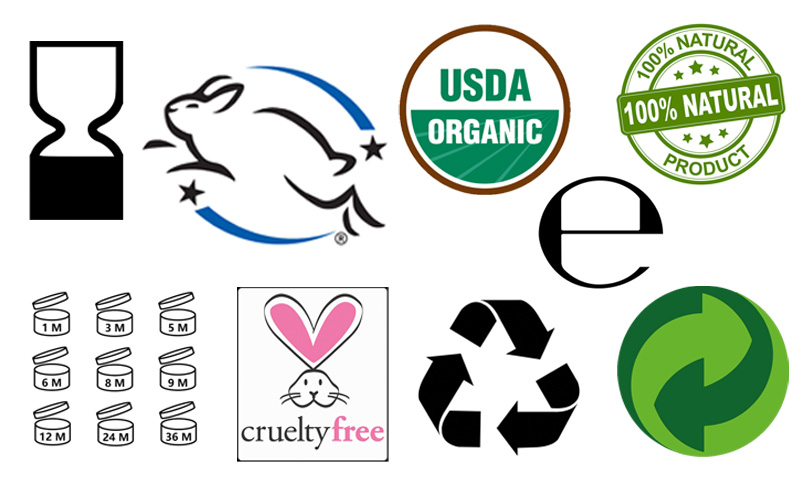
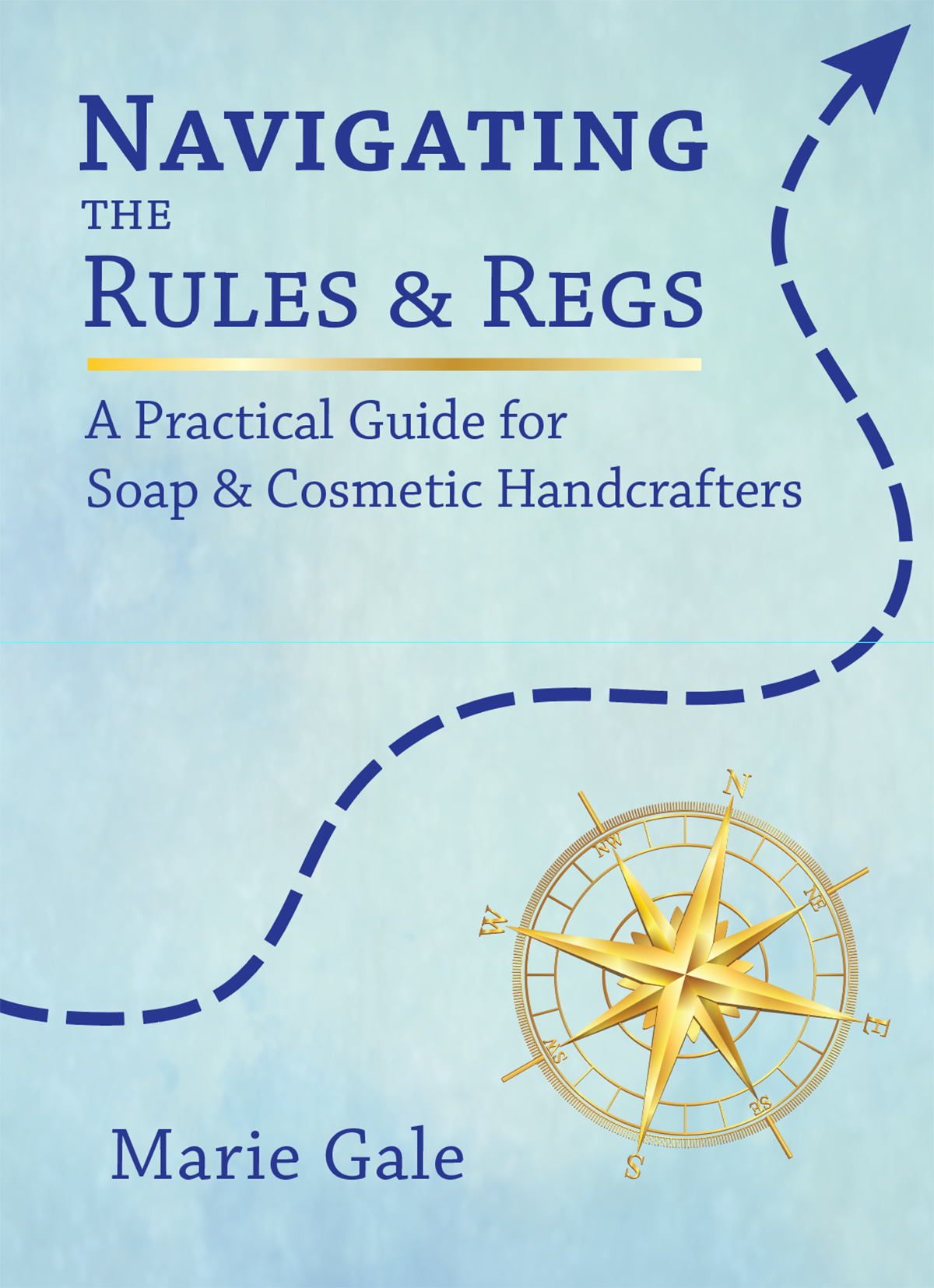
Leave a Reply